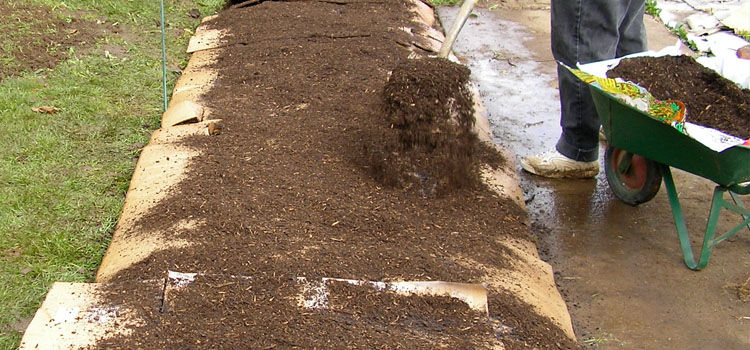What to do in your garden in December ❄️
- AllotMe

- Dec 10, 2021
- 3 min read

All gardeners know that December is one of the quietest months in the calendar for growing, but that doesn't mean there's not plenty we could be doing whilst braving the winter weather!
Soil Maintenance
If you have plenty of beds sitting idle during December, now is still a good time to work them in preparation for the Spring. A single dig over your soil beds will help prepare them for the new year's crops.
If you have a lot of clay in your soil, it may be worth digging deeper and turning over the bed, so that the winter weather has time to break down the material - and don't worry about leaving a level surface: the more uneven the better so that more soil is exposed to the elements. Take your pick of a spade or pitch fork depending on the density of the soil you're going to be working on.
If your garden contains more light and sandy soil, then it's best to leave it be until the warmer weather comes - this will help the soil to store more moisture for the new season.
If you've really neglected your soil, or just didn't get the harvest you wanted this year - it may be worth considering a double dig. This entails going twice as deep as you normally would (2 spades depths), and working from end to end in your bed. Remember not to pat down the soil or walk on it after you've worked it over.

Pruning
December is a great time to prune back your fruit trees. Most fruit trees (except stone fruits) will benefit from a good prune - which encourages more production in the next season. This is especially true for fruit trees such as Apple and Pear varieties - Trees that don't get pruned are likely to be less productive and instead become congested with old branches. Try to leave about four or five main branches, and allow the tree to form into a wine glass shape when you're done. Final tip: make sure your secateurs are nice and sharp to avoid damaging the branches!

Harvest!
Kale: This hardy leafy green is often improved in flavour after it's had a touch of frost. One plant can often provide many harvests so get eating!
Brussel Sprouts: Similar to kale, the flavour of sprouts gets better after they've had a touch of frost. Get harvesting to make sure this Christmas dinner stalwart is a feature.
Parsnips: If you haven't planted parsnips in Spring, then you'll miss out on these sweet root vegetables in your roast dinners - best glazed in honey in a tray with carrots.
Leeks: These root vegetables are not only versatile in the kitchen (and great for soups), but can also withstand a great amount of inclement winter weather. Sow in spring from seed if you missed out this year.
Winter Cabbages: Sowed in summer, a winter cabbage is a fantastic plant to harvest in December. Perfect for stews, soups and bakes.

Composting
If you don't have a compost bin in your garden, now is the perfect time to get one installed. It's likely your garden is littered with a carpet of fallen leaves from the winter weather - all of this can be put straight into your compost bin to rot down. Head to our previous post about improving biodiversity in your garden to find out more.
Final Tip: House Plants
It's important to remember that it's not only your garden that get's colder in December. With temperatures lower in the rooms of your house less frequented, you'll need to adjust your watering schedule. It's always a good idea to check how damp the soil of your houseplants is by poking your finger in a couple of inches below the surface - but as a good rule of thumb: when the weather is colder, water your house plants less.



Comments